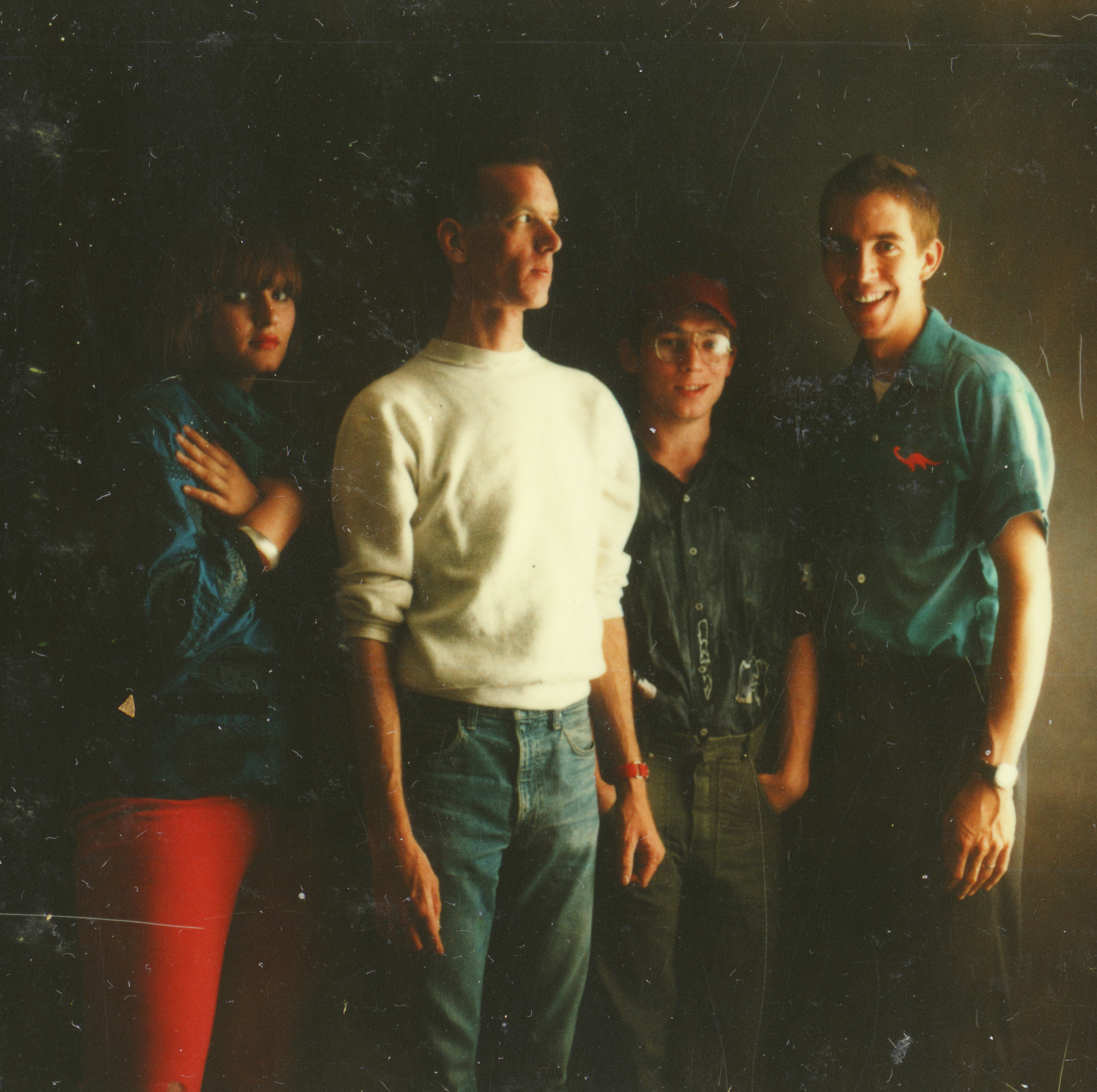One central hub of creativity in a cheap location was the 40 Watt Club. Now a revered and legendary music venue in a different location in the city, it was once simply a loft owned by Crowe and it was here that Pylon was born.
“It initially was a large decrepit pigeon-ridden loft in the top of a building downtown,” Hay tells me. “Curtis rented the top two floors of this building and sublet the floor just below to artists. It was an old building, which had a dark interior staircase that led up to those two floors. Curtis cleared and cleaned the loft and lived there.
“Sitting on a mattress in the middle of the floor one night and noting a lone light bulb that hung from the ceiling by a wire, Curtis and his friend Bill Tabor dubbed this their 40 Watt club. Michael Lachowski and I rented an art studio directly under Curtis’s loft. This studio is where Randy Bewley and Michael started practicing in the fall of 1978. Curtis could hear the two of them through the floor practicing the same riffs over and over again. Curtis decided that they needed a drummer and knocked on the door and offered his services. Later, I auditioned for their band on February 14, 1979.”
The group were voracious consumers of music during this period and a band proud to be the sum of the parts of their influences, many of which came from discoveries at local record store Chapter Three. “Our influences and the ability to be inspired and informed by them was key to us making new music that was both valid and confident,” says Lachowski. Picking up on records by Television, Pere Ubu, Cabaret Voltaire, Gang of Four, Killing Joke, Roxy Music, DAF, DNA, Mekons, Brian Eno and more, these albums were shared through parties in which they’d all listen to one another’s new finds and imports.
